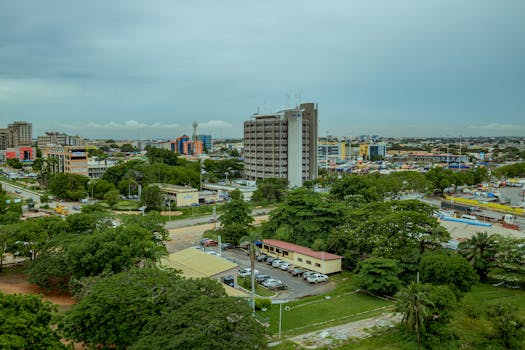
Overcoming Challenges: How Telco Projects are Addressing Infrastructure Gaps in Africa
Overcoming Challenges: How Telco Projects are Addressing Infrastructure Gaps in Africa is a significant concern for the continent’s development. Africa’s telecommunication sector has experienced significant growth over the past decade, with the number of mobile subscribers increasing from 100 million in 2005 to over 1 billion in 2020. However, despite this growth, the continent still faces significant infrastructure gaps, particularly in rural areas.
Introduction to Telco Projects in Africa
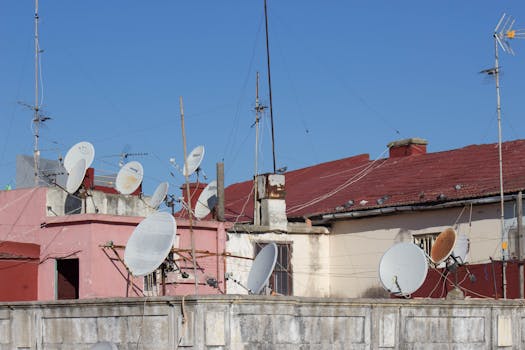
Telco projects in Africa aim to address these infrastructure gaps by providing affordable and reliable telecommunication services to underserved communities. These projects involve the deployment of telecommunication infrastructure, such as cell towers, fiber optic cables, and satellite connectivity. The objective of these projects is to increase access to telecommunication services, promote economic growth, and improve the quality of life for Africans.
Challenges Faced by Telco Projects in Africa
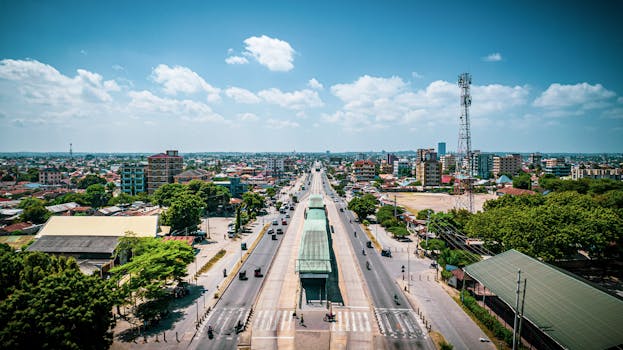
Telco projects in Africa face several challenges, including inadequate funding, lack of infrastructure, and regulatory hurdles. Additionally, the lack of skilled personnel, limited access to energy, and high costs of deployment are significant obstacles. Furthermore, the risk of vandalism and theft of equipment is a major concern, particularly in rural areas.
Addressing Infrastructure Gaps through Innovative Solutions

Despite these challenges, telco projects in Africa are adopting innovative solutions to address infrastructure gaps. For instance, the use of renewable energy sources, such as solar and wind power, is becoming increasingly popular. Additionally, the deployment of fiber optic cables and satellite connectivity is improving internet penetration and reducing costs. Moreover, the introduction of mobile money services is promoting financial inclusion and economic growth.
Case Studies of Successful Telco Projects in Africa
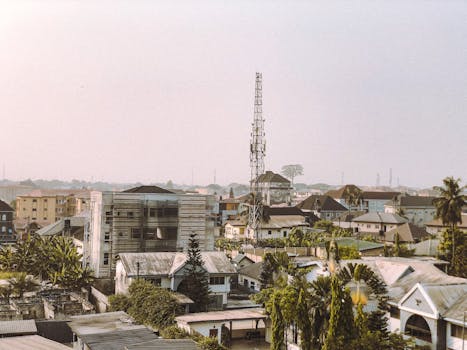
Several telco projects in Africa have been successful in addressing infrastructure gaps. For example, the MTN Group’s investment in fiber optic cables in South Africa has improved internet penetration and reduced costs. Similarly, the deployment of satellite connectivity by Intelsat in Nigeria has increased access to telecommunication services in rural areas. Additionally, the introduction of mobile money services by Safaricom in Kenya has promoted financial inclusion and economic growth.
Conclusion
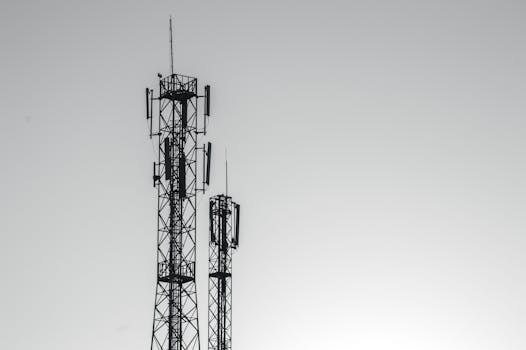
In conclusion, telco projects in Africa are playing a critical role in addressing infrastructure gaps and promoting economic growth and development. Despite the challenges faced by these projects, innovative solutions are being adopted to overcome them. As the demand for telecommunication services continues to grow, it is essential that telco projects in Africa continue to invest in infrastructure development and innovative solutions to meet the needs of Africans.
See more:


